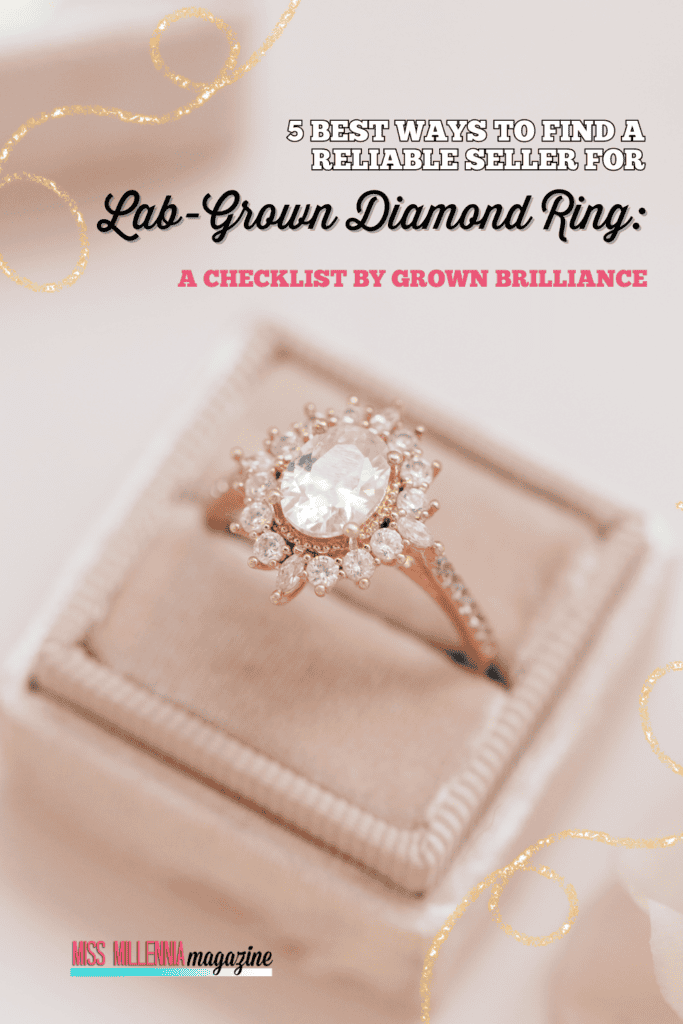
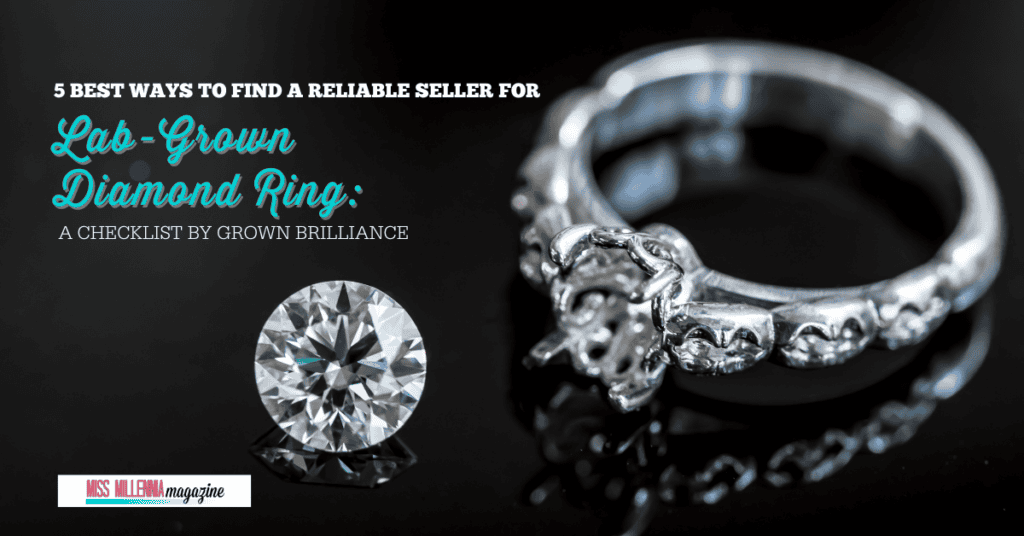
The lab-grown diamond market is booming, driven by evolving consumer tastes, rising incomes, and technological advancements.
According to Allied Market Research, the market value is expected to nearly triple from $24.0 billion in 2022 to $59.2 billion by 2032. This surge in popularity is particularly evident in the jewelry sector, where consumers increasingly seek luxurious and ethical alternatives to mined diamonds.
Consumers must exercise caution and choose reliable sellers as the demand rises. Doing so guarantees they receive top-quality diamonds supported by credible certifications and ethical sourcing.
Following a comprehensive checklist from Grown Brilliance will help buyers invest confidently in this expanding market.
1. Verify the Seller’s Credentials and Reputation
When purchasing a lab-grown diamond ring, it is essential to check the seller’s credentials and reputation to guarantee a satisfactory and ethical purchase.
Start by checking for certifications from reputable organizations such as the International Gemological Association (GIA) or the American Gem Society (AGS). These certifications confirm that experts have evaluated the diamonds’ quality, color, cut, clarity, and carat weight.
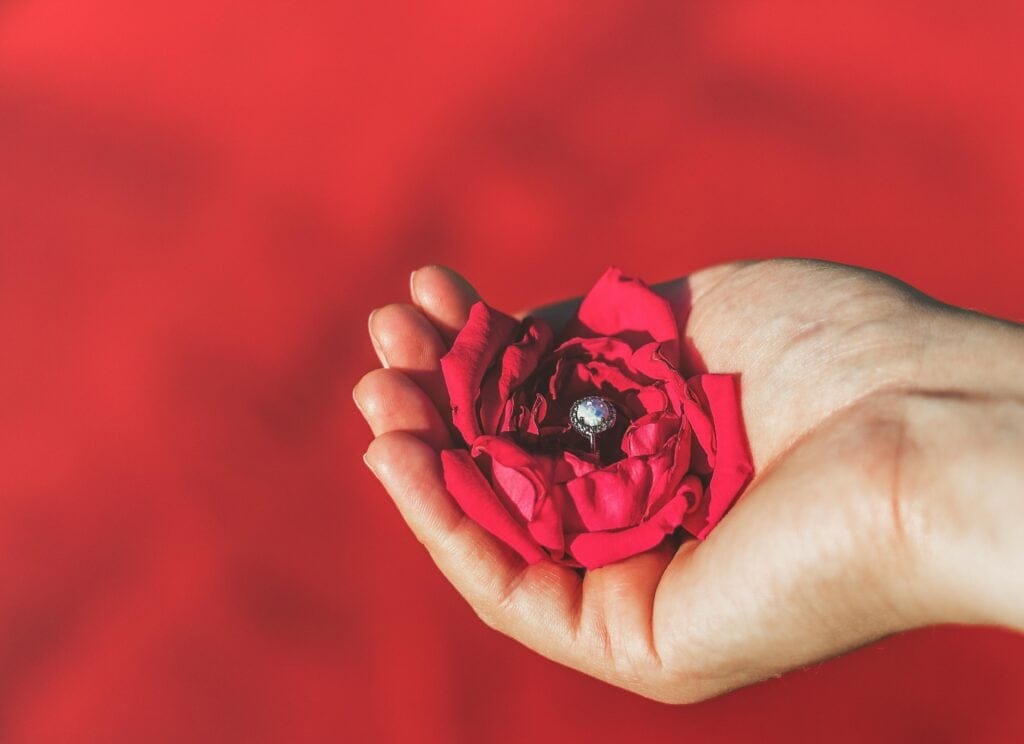
Next, read customer reviews on platforms like Google, Yelp, and social media to gauge the seller’s reputation. Positive reviews and high ratings often reflect reliable service, high customer satisfaction, and trustworthy business practices. Conversely, recurring complaints may indicate problems with product quality or customer service.
Research the company’s history, mission, and values to understand its commitment to quality and ethical practices. Look for information about their sourcing practices, sustainability initiatives, and any certifications or memberships related to ethical jewelry.
2. Inquire About the Diamond’s Origin and Certification
Before buying a lab-grown diamond ring, ask about its origin and certification. This information will help you grasp its unique characteristics and verify that you’re receiving a high-quality product.
According to Statista, the global production of lab-grown diamonds reached approximately six to seven million carats in 2020. Using HPHT (High-Pressure, High-Temperature) technology, China accounted for a significant portion of this production, estimated at 50 to 60 percent. India also played a role, producing around 1.5 million carats.
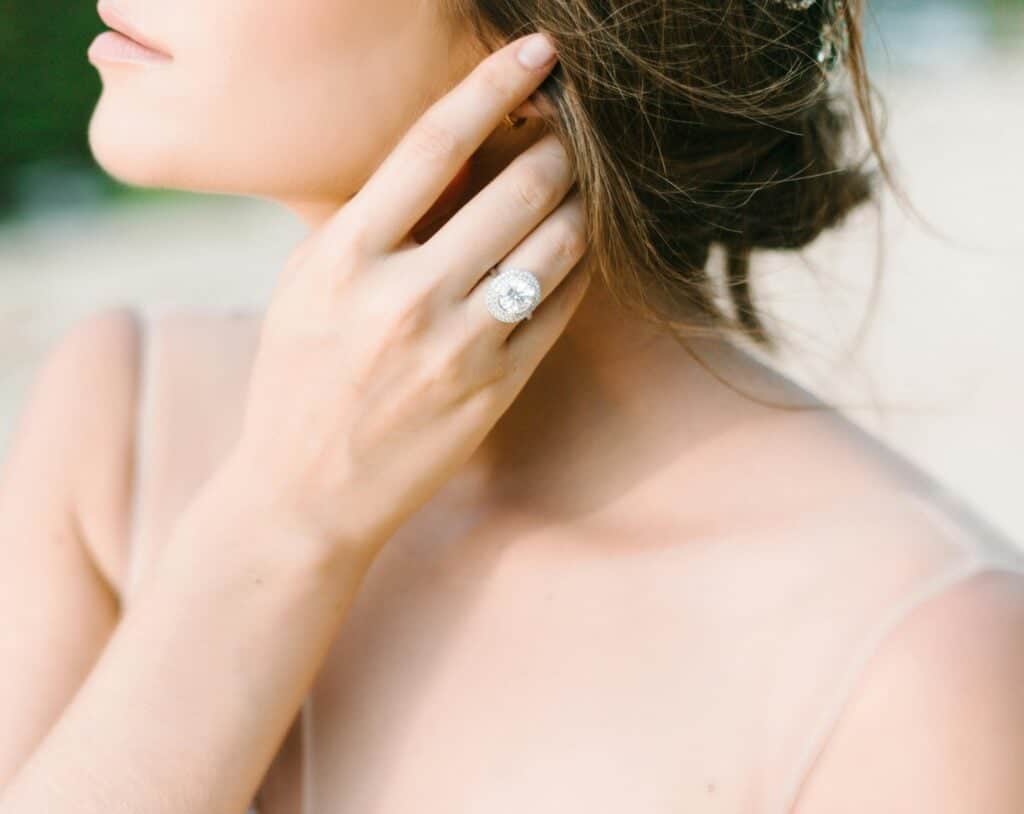
While lab-grown diamonds share the same composition and optical properties as mined diamonds, their age and formation environment differ. This means that each diamond has a unique story and may exhibit slight variations in quality.
Moreover, different growing processes, such as HPHT or CVD (Chemical Vapor Deposition), can affect a diamond’s quality and characteristics. Inquire about the specific method used to create the diamond you’re considering. This information can help you assess its potential value and suitability.
3. Assess the Seller’s Transparency and Customer Service
Clarify the terms under which you can return or exchange the ring and whether a full refund is available. This protection is essential for a satisfactory buying experience and financial security.
Additionally, inquire about the product and request additional information to evaluate their willingness to assist and provide thorough answers. Good communication is a key sign of reliable customer service.
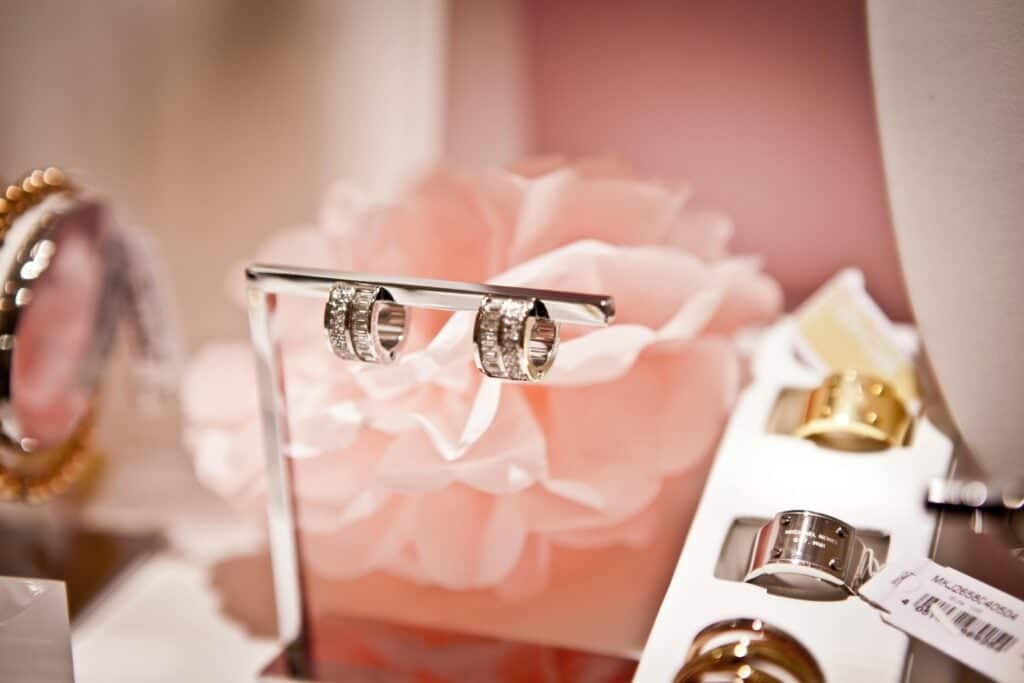
Sustainability and ethical sourcing are also critical factors to consider. According to Only Natural Diamonds, the environmental impact of lab-grown diamonds varies depending on the production facility’s energy, materials, and waste management practices.
The notion that lab-grown diamonds always have a low or negative carbon footprint is not universally accurate. You also need to note that the production of lab-grown diamonds is not entirely free from mining activities: the reactors and other materials used often come from mined resources.
Ensure the seller provides evidence of their commitment to ethical sourcing and sustainable practices. This includes transparency about their social footprint, such as tax payments, employment practices, and support for local communities in diamond production regions.
4. Consider the Seller’s Warranty and After-Sales Support
When buying a lab-grown diamond ring, it’s essential to consider the seller’s warranty and after-sales support. Start by asking about any warranties or guarantees provided with the purchase. A strong warranty should address any defects in craftsmanship and guarantee that the diamond stays in excellent condition over time.
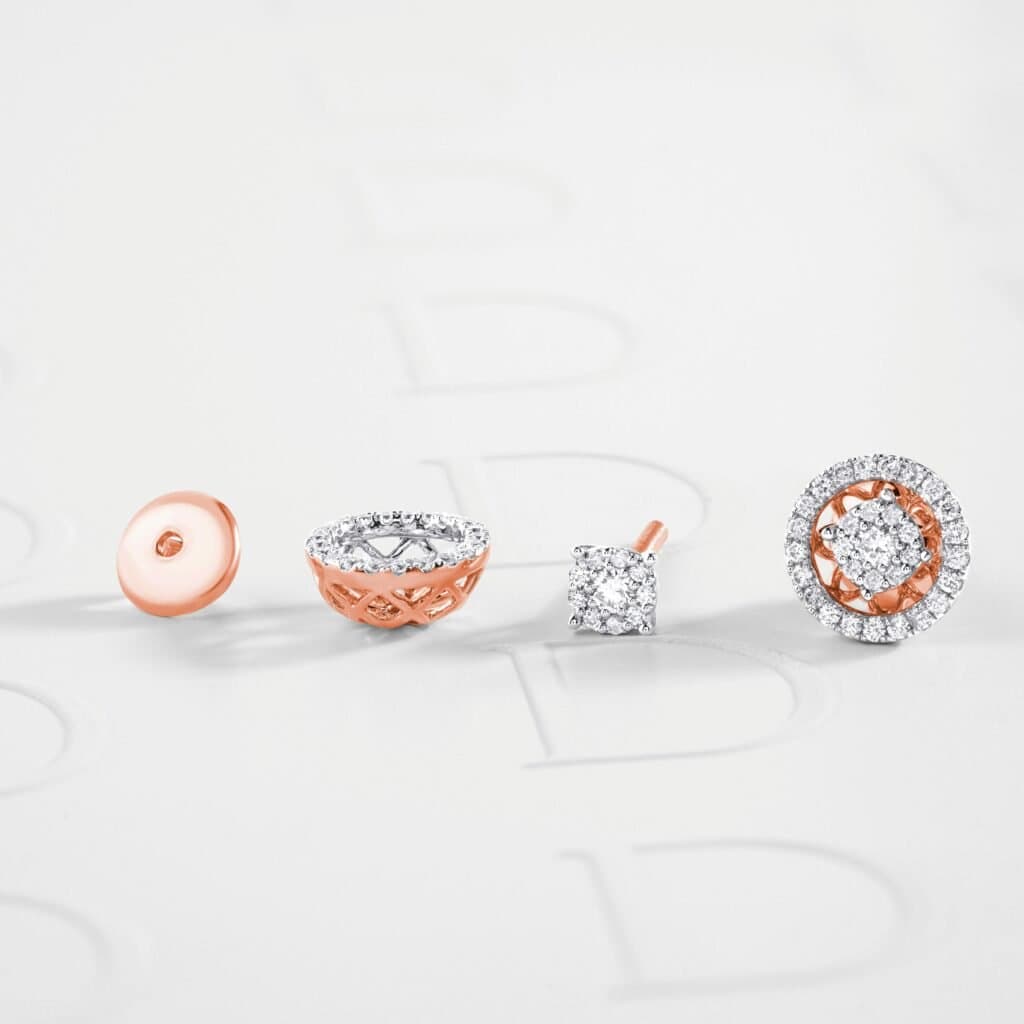
Additionally, understand the seller’s repairs, maintenance, and resizing policies. Please find out how they handle damage or necessary adjustments to the ring’s size. Ensure the process is straightforward and that the seller offers reliable support, including clear instructions on initiating repairs or adjustments.
5. Compare Prices and Value
Compare various sellers’ prices to ensure you’re getting a fair deal. According to the State of the Diamond Market report, the price of lab-grown diamonds has been declining.
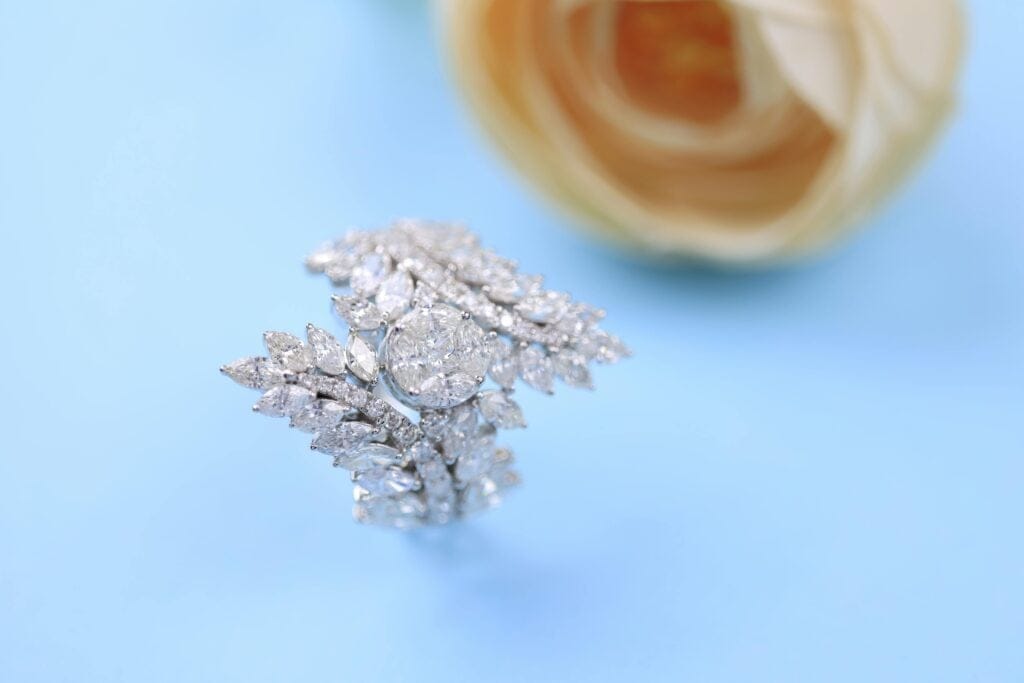
For example, the price of a 1-carat diamond dropped from $1,980 in Q1 2021 to $1,450 in Q1 2023, a 27 percent decrease. For larger diamonds, the price drop has been even more significant, with a 3-carat diamond decreasing from $20,565 to $9,305 during the same period.
Although price is a significant factor, it’s crucial to evaluate the overall worth of the diamond. Evaluate the diamond based on its quality, as assessed by its carat weight, cut, color, and clarity. Additionally, consider the reputation of the seller and the certification provided. A high-quality diamond from a reputable seller may be a better investment in the long run, even if slightly more expensive.
Frequently Asked Questions
Is there a resale market for lab-grown diamonds?
While the resale market for lab-grown diamonds is less developed than for natural diamonds, it does exist. Resale value is influenced by factors such as diamond quality, certification, and market demand. As the market grows, resale opportunities and values may increase.
Are celebrities buying lab-grown diamonds?
Many celebrities choose lab-grown diamonds, demonstrating a growing trend toward sustainable luxury. These stones offer the same beauty and quality as natural diamonds, making them attractive to those seeking ethical and environmentally responsible options.
Will lab-grown diamonds last?
Thanks to their identical physical and chemical properties, lab-grown diamonds are exceptionally durable and resistant to scratches and damage. Proper care ensures that lab-grown diamonds maintain their brilliance and longevity like their natural counterparts.
In the world of lab-grown diamonds, selecting a reliable seller is crucial for a satisfying and ethical purchase. Following the checklist outlined in this article, consumers can make informed decisions and invest confidently in this emerging market.
Remember to verify the seller’s credentials, inquire about the diamond’s origin, assess the seller’s customer service, consider warranties, and compare prices and value. These steps can enhance your chances of purchasing a high-quality diamond ring you’ll cherish for years.
